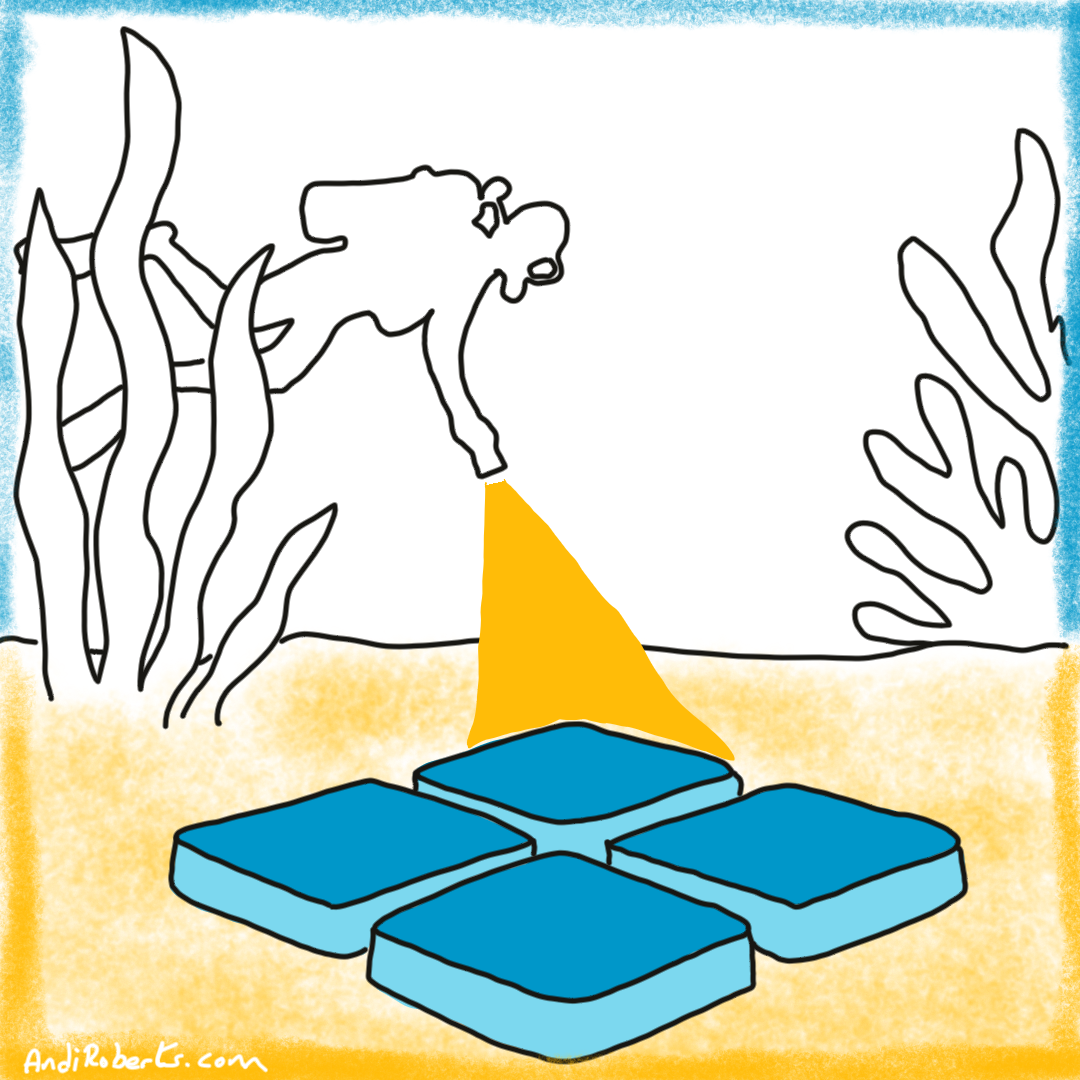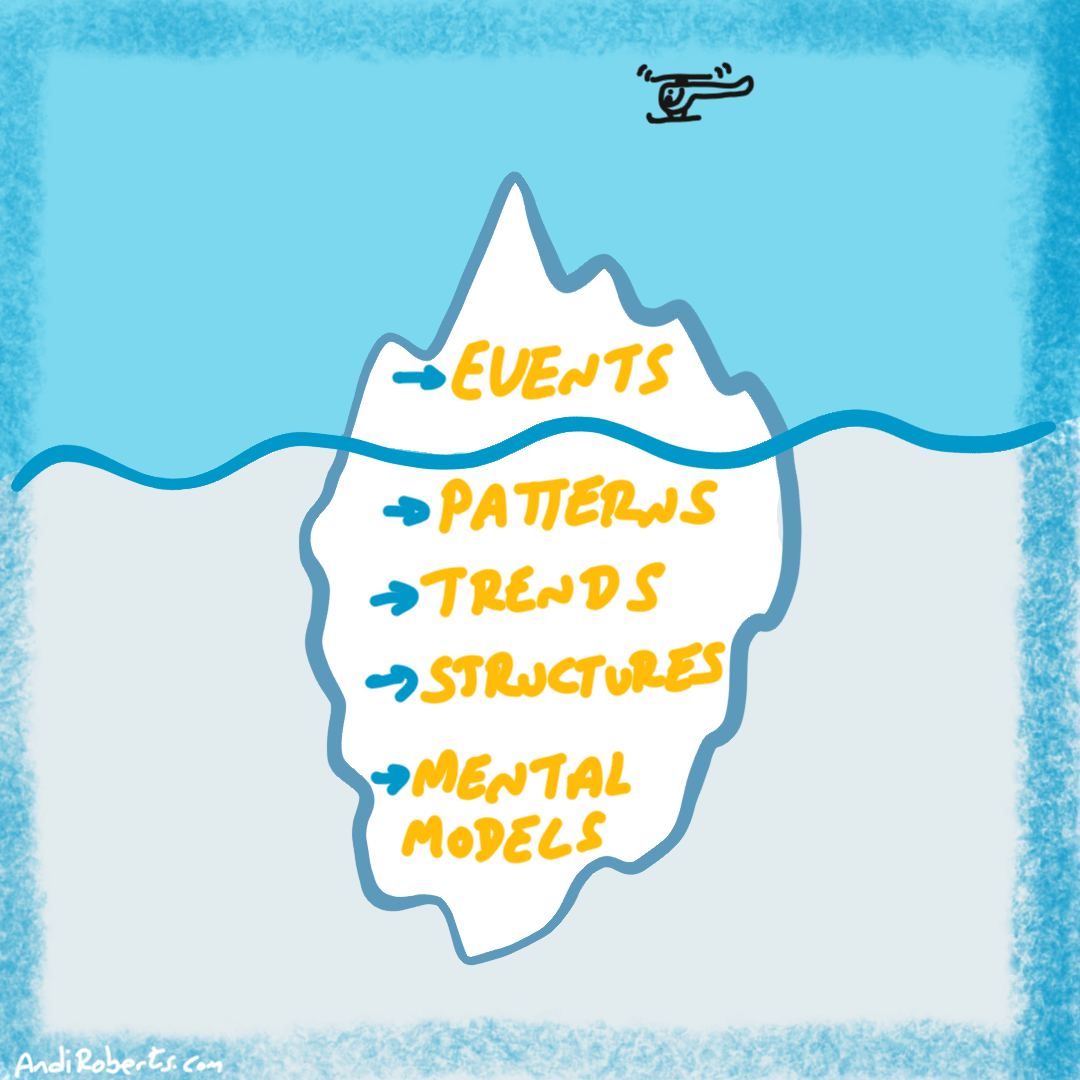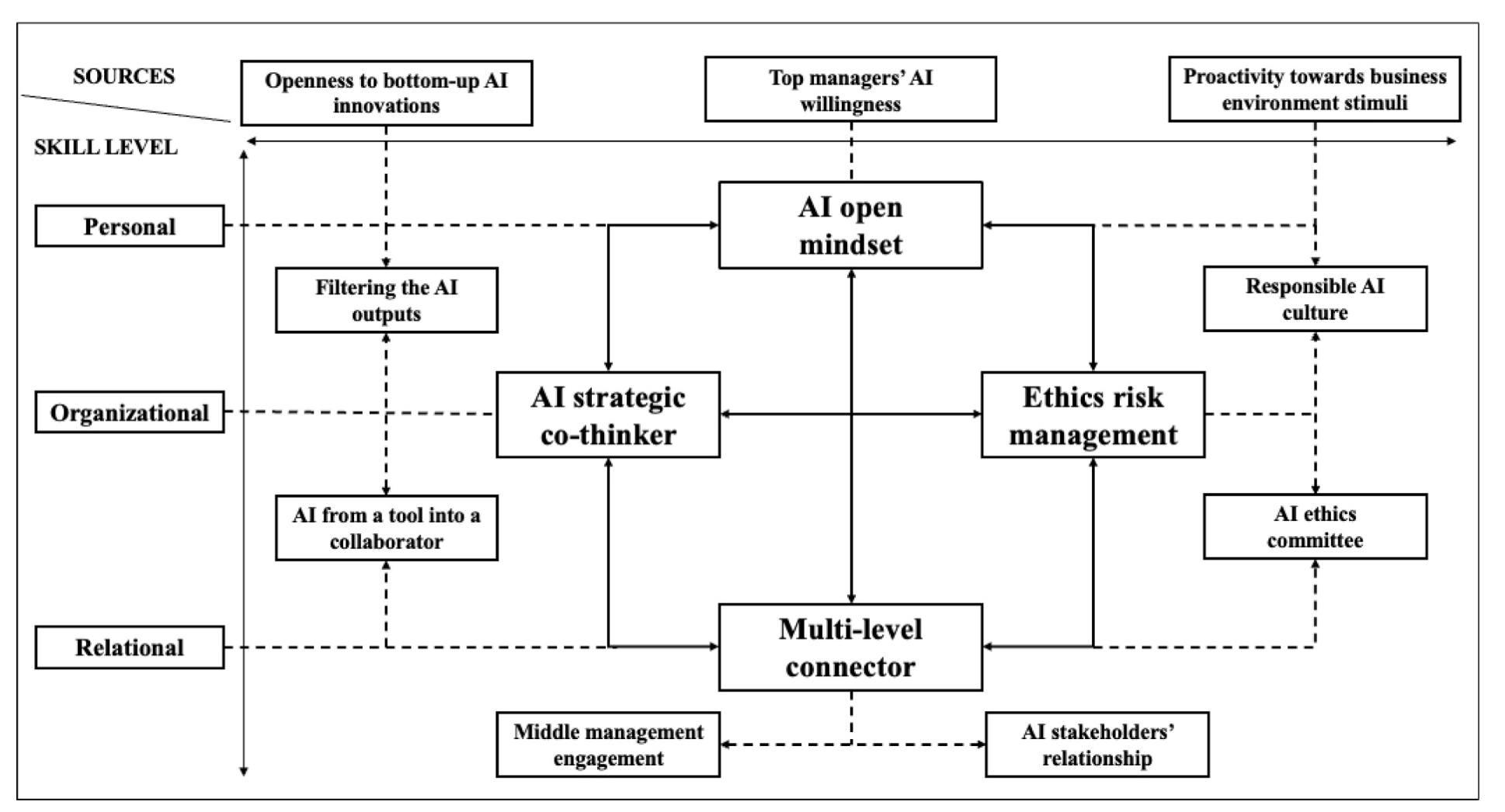Leadership begins where certainty ends. Each day brings events we do not choose: a market collapse, an unexpected resignation, a change of direction decided elsewhere. These are the events. They appear without asking for permission, often indifferent to our plans or intentions. What defines us as leaders is not what happens, but how we meet what happens. The equation E + R = O (Event plus Response equals Outcome), popularised by Jack Canfield and later developed by Tim and Brian Kight, invites us to see leadership not as control but as choice (Canfield, 2004; Kight and Kight, 2016). It teaches that while we cannot dictate the event, the quality of our response largely shapes the outcome.
This idea is not new. The Stoic philosopher Epictetus wrote that freedom lies not in events themselves but in how we respond to them. Centuries later, the psychologist Julian Rotter (1954) demonstrated that individuals with an internal locus of control, those who believe they can influence what happens through their actions, tend to adapt more effectively and recover from setbacks more quickly. Both perspectives suggest that leadership is less about authority than awareness. It is an internal act before it becomes an external one.
Heifetz and Linsky (2002) describe adaptive leadership as the practice of holding steady in the midst of uncertainty. It asks leaders to stay anchored in purpose even when outcomes are unclear. This steady centre, this capacity to respond rather than react, is what distinguishes maturity from control. Leadership does not begin when we set strategy. It begins in the quiet space where we decide how to show up.
The discipline of ownership
Owning one’s response is the first discipline of leadership. It is the move from reacting to the world to shaping it through consciousness. Ownership begins in the recognition that we are always teaching others how to respond, even when we do not intend to. Goleman (1998) called this emotional intelligence: the ability to notice and manage our emotions in the service of a larger goal. When a leader pauses to think before speaking, or chooses curiosity over judgement, they are doing more than controlling themselves. They are setting the emotional tone for those who follow.
The pause is the hinge of ownership. It is the moment that separates impulse from intention. Schön (1983) described this as reflection-in-action, the capacity to think about what we are doing while we are doing it. In leadership, this ability transforms situations that could provoke reactivity into opportunities for reflection. When a meeting becomes tense or a colleague challenges us unexpectedly, reflection-in-action allows us to respond from principle rather than protection.
Schein (2010) observed that culture is formed not by mission statements but by what leaders consistently pay attention to, especially in moments of stress. Every response a leader makes becomes a cultural signal. Calm under pressure communicates confidence. Frustration communicates fear. Over time, those signals accumulate into shared assumptions about what matters. When leaders own their responses, they model a mature form of accountability that invites others to do the same.
Ownership does not mean control. It means recognising that leadership lives in the space between stimulus and response. It means understanding that others learn from how we handle uncertainty far more than from what we say about it. The discipline of ownership is not about perfection. It is about presence. It is a willingness to stand in complexity and still choose the response that serves the greater good.
The space between event and response
Between what happens and how we respond lies a space, and within that space lies freedom. Frankl (1946), reflecting on his time in concentration camps, wrote that this space is the final human freedom, the ability to choose one’s attitude in any given set of circumstances. In leadership, this freedom becomes the ground of wisdom. It is in that brief pause that we decide what kind of presence we will offer to the world.
Neuroscience supports what Frankl observed. When we pause, even for a breath, we re-engage the prefrontal cortex, the part of the brain that governs reason and reflection. This simple act interrupts the automatic reactions of fear or defensiveness and restores our ability to think clearly. The discipline of pausing may sound minor, but it is foundational. It is in this gap that thoughtful response replaces instinctive reaction.
Mindfulness practices help to strengthen this space. They train attention, teaching the mind to notice sensations and thoughts without immediately identifying with them. When leaders cultivate this awareness, they learn to distinguish between the event and their interpretation of it. They begin to see that the first feeling is not the final truth. Language plays a role here as well. Saying “I feel anger” rather than “I am angry” creates distance between identity and emotion. It allows space for choice.
Leaders who honour this inner space carry a calmness that is neither detached nor passive. It is a steadiness born from awareness. Their calm is not the absence of emotion but the presence of attention. Others can feel it. It steadies meetings, softens conflict, and opens the possibility of dialogue. Protecting this space through self-awareness, stillness, and reflection is the invisible work that enables visible leadership. Without it, the event consumes us. With it, we remain free to respond with integrity.
Practical ways to bring E+R=O to your leadership
E + R = O only becomes real when it is lived through the leader’s daily habits of reflection and response. It is not a formula to remember but a practice to inhabit. At its heart lies a single question: How will I choose to respond now, given what is happening, what I value, and what I want to create? Turning that question into habit requires a disciplined inner process, a rhythm of reflection that helps leaders stay awake, composed, and intentional in the flow of work.
The inner practice of response
In the moment between event and action lies a quiet but powerful process. It begins with awareness and ends with choice. The sequence unfolds in five movements, each building on the other.
1. Notice what is happening.
Pause long enough to see the event clearly. What has actually occurred, and what story am I telling about it? Leaders often react to their interpretation rather than to reality itself. Slowing down allows us to separate the two. This act of observation opens the space between stimulus and reaction that Frankl (1946) described as the source of freedom.
2. Turn inward and take stock.
Ask, What is happening within me right now? This question reconnects us with emotional awareness. What feelings or assumptions are shaping my first response? What inner resources: experience, values, strengths, can I draw upon? Goleman (1998) calls this emotional self-regulation: managing inner states in service of purpose. This reflection helps leaders act from clarity rather than from fear or habit.
3. Consider your options and their consequences.
Once grounded, move from awareness to choice. Ask, What options are available, and what are their likely outcomes—tactically and strategically? Tactical thinking answers the immediate need; strategic thinking anticipates long-term effects on trust, learning, and culture. Heifetz and Linsky (2002) described this as moving between the dance floor and the balcony, holding both the detail and the pattern in view.
4. Define your most favourable outcome.
Before acting, name what you hope to achieve. Is it understanding, progress, learning, or repair? Dweck (2006) shows that a growth mindset focuses less on proving oneself right and more on improving what is possible. By defining a desired outcome before responding, you shape your tone, timing, and words around creation rather than control.
5. Act deliberately, then reflect.
With awareness, intention, and perspective in place, act decisively. Afterwards, reflect on what your response produced. Ask, Did my response serve the outcome I intended? What did I learn about myself, the situation, or the system?Edmondson (1999) found that reflection after action strengthens a team’s capacity to learn from experience. For individuals, it builds wisdom, the ability to connect response and result.
This sequence, repeated over time, strengthens the mental and emotional muscles of leadership. It transforms the R from a spontaneous reaction into a thoughtful, values-based practice. Each step is simple, but together they form the discipline that defines mature leadership: noticing, pausing, choosing, and learning.
Sustaining the mindset
The R is not an event; it is a way of being. Covey (1989) described proactivity as acting from principles rather than moods. To sustain this, leaders must cultivate daily practices that anchor reflection. Some journal each morning to clarify intent. Others take a few silent minutes before a meeting to centre themselves on purpose. Coaching conversations and feedback loops can serve as mirrors, helping leaders see how their responses affect others. Over time, these rituals strengthen the internal compass that allows steady, values-driven leadership even under pressure.
Extending E + R = O to the Team
While the inner discipline begins with the leader, its real power unfolds collectively. Teams learn from how they respond together. A few practices make this visible.
Shared reflection after events.
After a milestone, setback, or decision, pause as a group to ask: What event did we face? How did we respond? What outcome did that create? This simple sequence turns experience into learning. It shifts the team from blame to responsibility, and from hindsight to foresight. Over time, this habit builds what Schein (2010) calls a learning culture, one that values openness and adaptation over defensiveness.
Model collective ownership.
Invite others into the discipline of E + R = O. When things go wrong, resist the impulse to assign fault. Instead, model curiosity: What part of our response might we improve next time? When things go well, highlight how the team’s collective response contributed to success. This reinforces the link between mindset and result and creates psychological safety, the shared belief that candour is welcome (Edmondson, 1999).
Encourage peer accountability.
As the team matures, E + R = O can become a shared language for constructive challenge. When someone reacts defensively or makes a hasty decision, a colleague can simply ask, “Is that our best R right now?” This question, offered respectfully, brings awareness without blame. It keeps reflection alive in the moment rather than waiting for review.
The purpose of these practices is not to eliminate emotion or uncertainty but to transform them into learning and choice. Leadership grounded in E + R = O is leadership that remains awake: aware of the event, connected to inner resources, mindful of outcomes, and attuned to collective growth. Over time, this discipline reshapes both the individual and the culture. The leader who lives it models not control but consciousness, not perfection but practice and in doing so, teaches others how to lead themselves.
The moral work of response
Leadership, at its deepest level, is moral work. It is the work of choosing how to respond when we could easily react. It is the willingness to take responsibility for the tone we set and the meaning we create. The word responsibility literally means “the ability to respond.” Frankl (1946) described this as the essence of freedom, and Schein (2010) confirmed that an organisation’s culture is defined by how its leaders respond under pressure. These moments of choice, small, private, and often unseen, become the moral architecture of leadership.
Kouzes and Posner (2012) argue that credibility is the foundation of leadership. Credibility grows when words and responses align. People may forgive mistakes of judgment, but they rarely forget the feeling of being dismissed or disrespected. Our reactions teach others what is acceptable. In this way, every response becomes a small act of culture-making.
The equation E + R = O reminds us that while we cannot control the event, and outcomes are always shared, the response is entirely ours. Each time we pause, reflect, and choose, we affirm our agency. Each time we react without thought, we surrender it. Leadership is not about always knowing what to do; it is about staying awake enough to respond with awareness.
The event will come, as it always does. The real question, the only one that matters, is what kind of presence will meet it. The answer to that question, repeated over time, becomes the story of our leadership and, ultimately, the measure of our humanity.
Three questions for reflection
1) When you face pressure or uncertainty, what habitual responses most often take over, and what do they reveal about the story you are telling yourself?
2) In what situations do you consciously pause to choose your response, and how might you bring that same awareness to the moments you usually overlook?
3) What tone, meaning, or example do you want your responses to leave behind in those who work with you every day?
As a follow-up, you may be interested in exploring the Self Expression Realm of EI.
Several of the capabilities of the Leadership Library connect to this topic.
Do you have any tips or advice for better managing your response in tough situations?
What has worked for you?
Do you have any recommended resources to explore?
Thanks for reading!
References
Canfield, J. (2004) The Success Principles: How to Get from Where You Are to Where You Want to Be. New York: HarperCollins.
Covey, S.R. (1989) The 7 Habits of Highly Effective People. New York: Free Press.
Dweck, C.S. (2006) Mindset: The New Psychology of Success. New York: Random House.
Edmondson, A. (1999) ‘Psychological safety and learning behavior in work teams’, Administrative Science Quarterly,44(2), pp. 350–383.
Frankl, V. (1946) Man’s Search for Meaning. Boston: Beacon Press.
Goleman, D. (1998) Working with Emotional Intelligence. New York: Bantam.
Heifetz, R. and Linsky, M. (2002) Leadership on the Line: Staying Alive Through the Dangers of Leading. Boston: Harvard Business School Press.
Kight, T. and Kight, B. (2016) The R Factor: How to Be Intentional About the Way You Think, Feel, and Act. Columbus: Focus 3.
Kouzes, J.M. and Posner, B.Z. (2012) The Leadership Challenge: How to Make Extraordinary Things Happen in Organizations. 5th edn. San Francisco: Jossey-Bass.
Rotter, J. (1954) Social Learning and Clinical Psychology. Englewood Cliffs: Prentice Hall.
Schein, E.H. (2010) Organizational Culture and Leadership. 4th edn. San Francisco: Jossey-Bass.
Schön, D.A. (1983) The Reflective Practitioner: How Professionals Think in Action. New York: Basic Books.





Leave A Comment